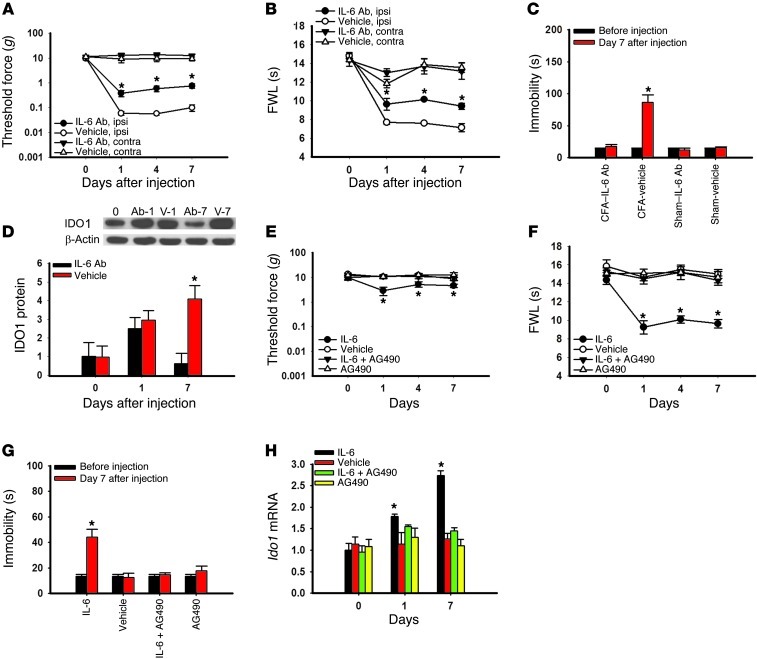Figure 9. Role of IL-6 signaling in hippocampal IDO expression and behavioral changes.
(A–D) Microinjection of an IL-6 antiserum (IL-6 Ab; 0.5 μg/d; once daily for 7 days) into the hippocampus contralateral to the hind paw with CFA-induced arthritis attenuated mechanical allodynia (A) and thermal hyperalgesia (B) on the ipsilateral hind paw, without a change in nociceptive threshold in sham rats (data not shown). The same IL-6 antiserum microinjection regimen concurrently improved depressive behavior in FST (C) and prevented the hippocampal IDO1 upregulation (D) in these same rats. Day 0, baseline (naive rats); Ab-1 and Ab-7, samples taken on day 1 and day 7 from Wistar rats treated with IL-6 antiserum; V-1 and V-7, samples taken on day 1 and day 7 from Wistar rats treated with control serum. β-Actin was used as loading control. Mean ± SEM, n = 6, *P < 0.05 compared with vehicle (control serum). (E–H) Microinjection of exogenous IL-6 (0.1 μg/0.5 μl; once daily for 7 days) into the left hippocampus of naive rats (without CFA injection) induced mechanical allodynia (E) and thermal hyperalgesia (F) on the right hind paw. The same IL-6 microinjection regimen concurrently induced depressive behavior in FST (G) and upregulated hippocampal Ido1 mRNA expression (H) in these same rats. The effects from the intra-hippocampal microinjection of IL-6 were blocked when IL-6 was co-administered with AG490 (a JAK/STAT inhibitor; 5 μg/0.5 μl) for 7 days. Mean ± SEM, n = 4–5, *P < 0.05 compared with vehicle control.

